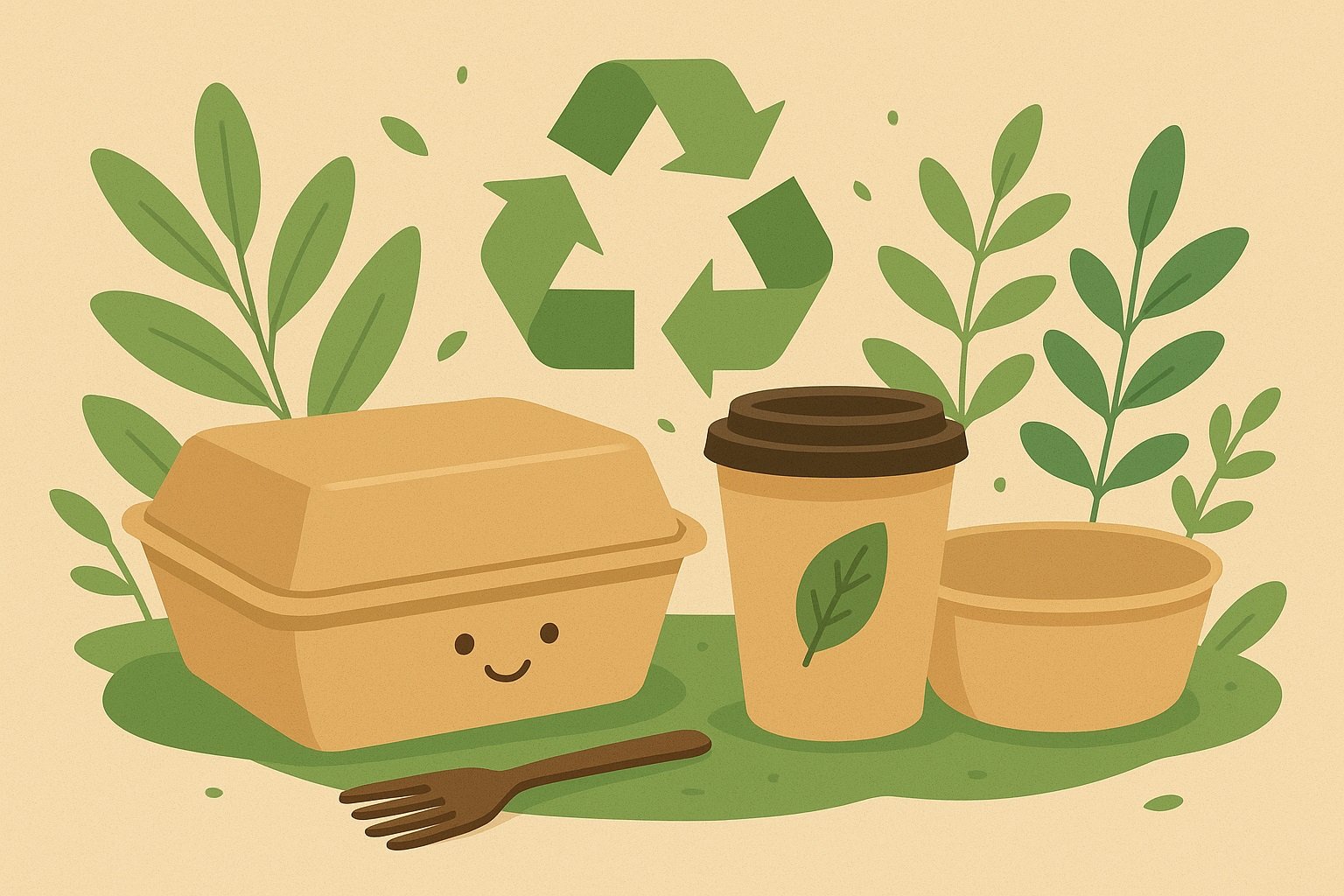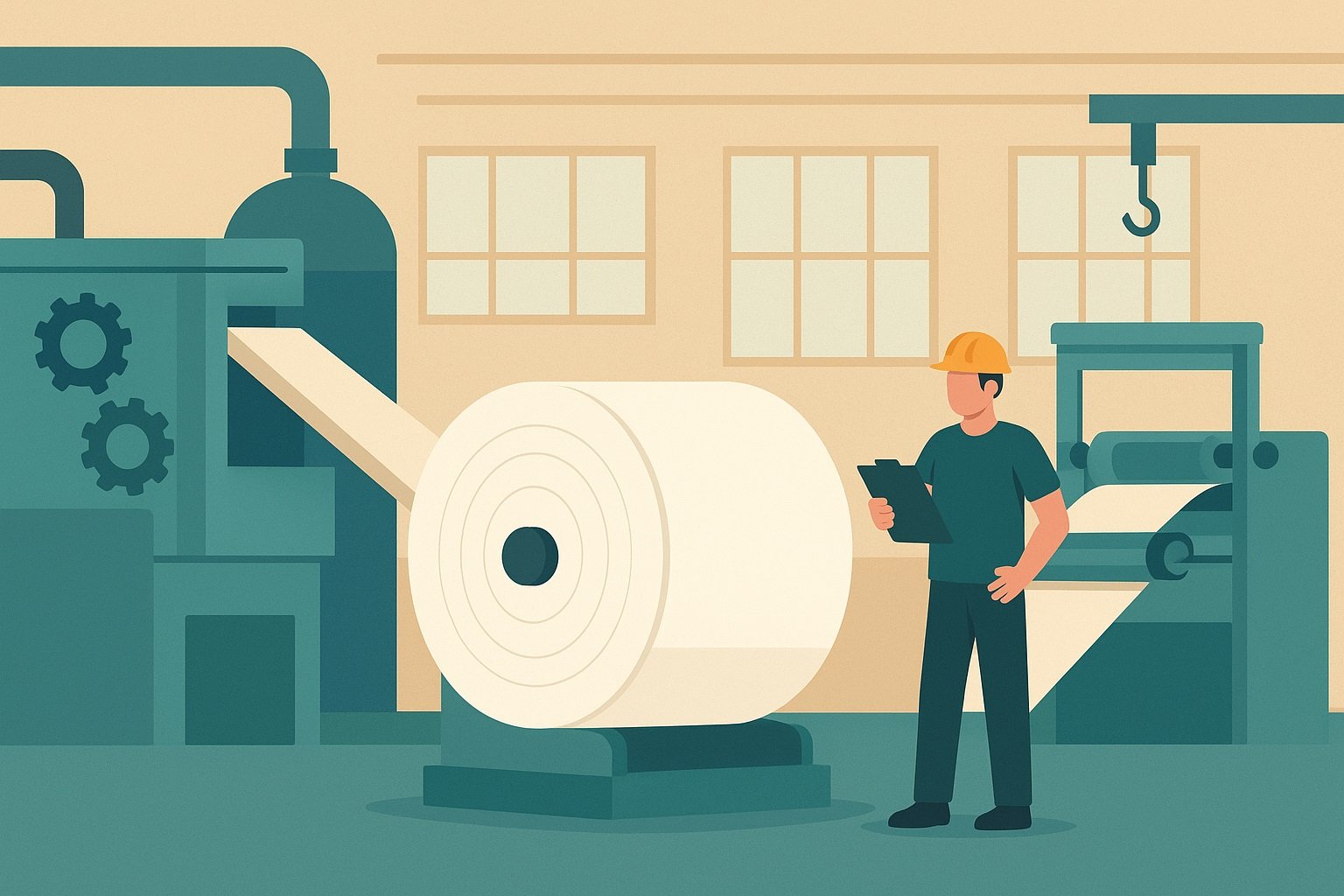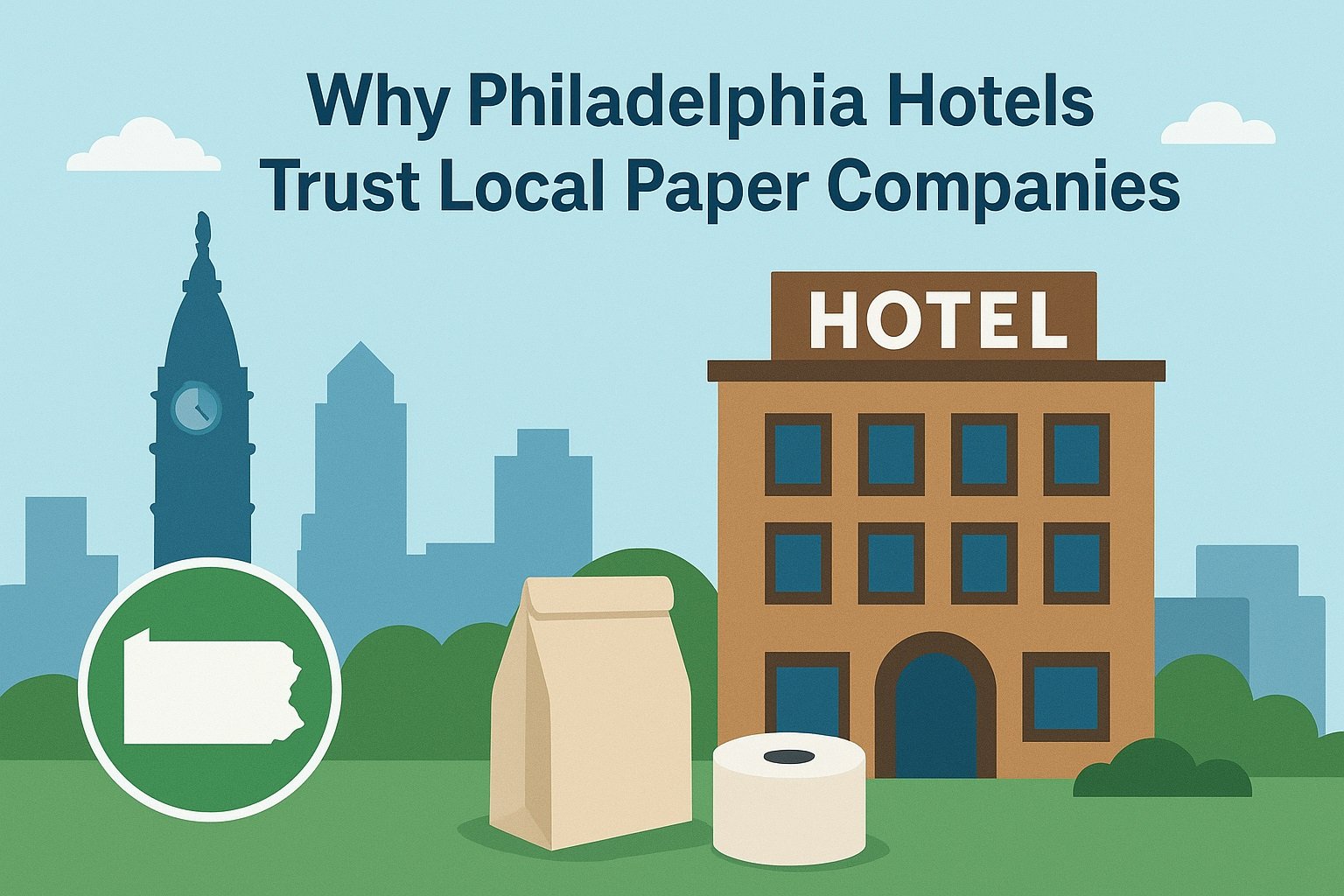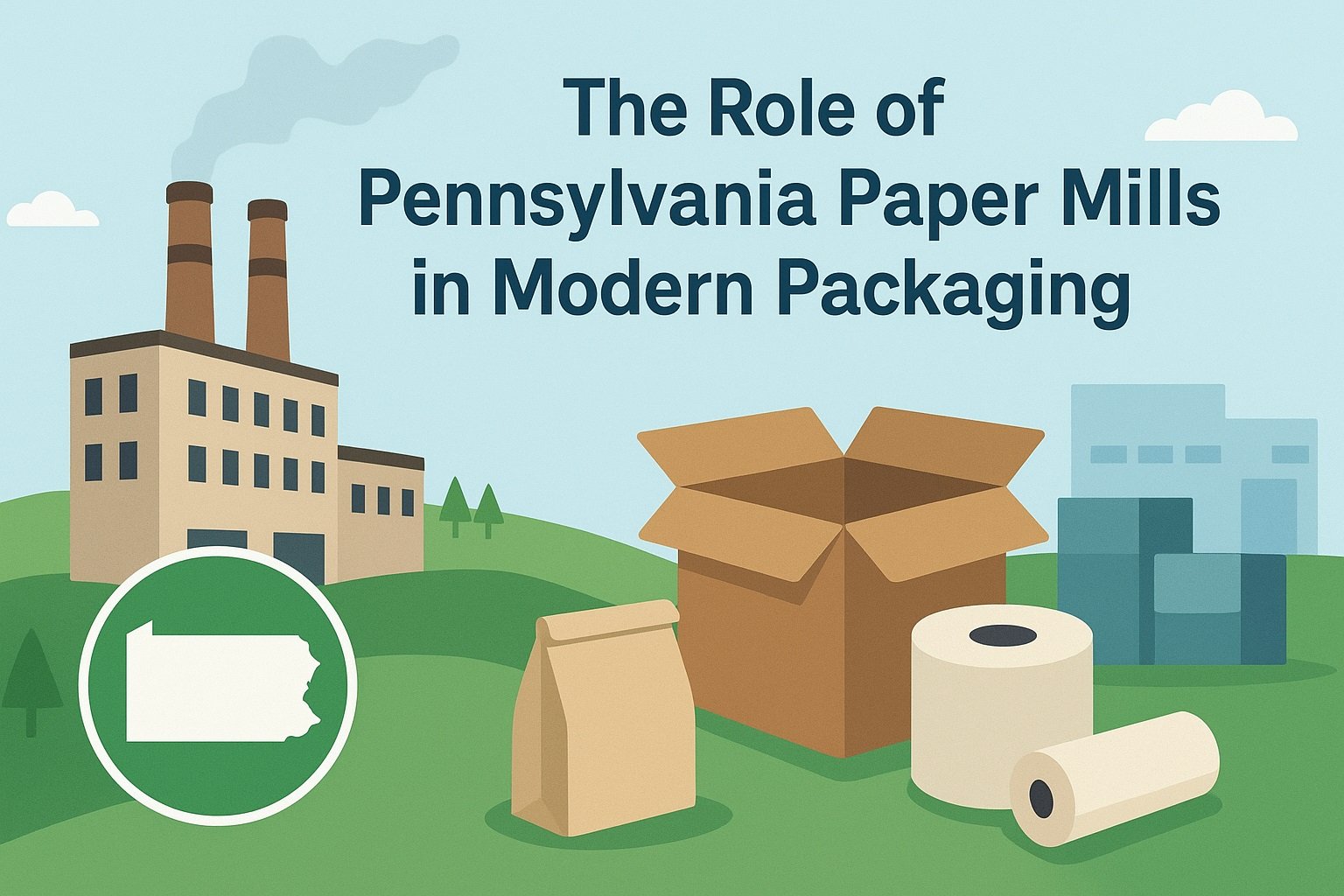For centuries, homes, schools, offices, and businesses have relied on paper as a vital part. People use paper as an integral element in packaging, printing, hygiene, and supplies. However, it’s broad application is raising environmental concerns.
The adoption of eco-friendly paper products is one of the many strategies to address the pressing ecological challenges. The efforts have compelled businesses and consumers to transition towards sustainable solutions.
In recent developments, the recyclable paper is becoming increasingly popular in the education, communication, and innovation sectors.
This guide highlights how the green paper, with its versatile deployment, empowers the digitally interconnected world.
What Deems Paper as being Sustainable?
The paper products are manufactured, utilized, and discarded using methods that minimize environmental impact and ecological footprint.
Certification systems of each jurisdiction verify that every paper company follows the guidelines of sustainability. The framework includes:
Environmental Responsibility
- They source the material from well-managed forests or other renewable sources that prioritize biodiversity.
- They craft the paper product from recycled content to reduce the dependency on virgin raw materials.
- The manufacturing process limits the usage of water while preventing contamination of the aquatic ecosystems.
- There are minimal greenhouse gas emissions across the entire production and supply chains.
- The paper company sustains the use of non-toxic chemicals to reduce air, water, and soil pollution.
Social Responsibility
- Safe working conditions for the laborers and a fair wage rate.
- Commitment to ethical procurement strategies.
- Upholding transparent communication with stakeholders.
Economic Responsibility
- The operations are designed to ensure efficient employment of resources.
- The paper products are curated to be long-lasting, easy to repair, and adaptable to changes.
- The output is rendered affordable for all consumers.
The Different Choices of Sustainable Paper Products
Recycled Paper
Consumers or industries repurpose discarded materials, scraps, and waste. They mitigate the need for newly-extracted materials and put residuals destined for landfills to use.
Tree-Free Paper
The sustainable packaging and products are made from plant-based fibers or wood pulp. The typical origins include bamboo, hemp, sugarcane, cotton, or agricultural by-products.
These low-impact crops grow rapidly and decompose through natural processes.
Unbleached Paper
The manufacturing procedure avoids chlorine for bleaching. The paper company incorporates techniques that minimize harmful dioxin emissions and water pollution.
Biodegradable Paper
The biodegradable paper breaks down naturally into non-hazardous organic substances. This paper product is an ideal choice for businesses seeking sustainable packaging solutions for food and merchandise.
The Coexistence of Sustainable Paper and Pixel
Defying expectations, paper continues to hold its ground alongside the digital revolution. The only difference that sets the paper apart today from its former self is its implementation.
Hybrid Work Models
In professional settings, many people are combining both digital and printed formats. The printed content enhances readability, facilitates understanding, and improves focus.
Fusion of Digital Tools
Sustainable paper is now infusing scannable technologies like Barcodes, QR codes, and AR interfaces.
Documentation and Legal Validations
The major drawback of soft copies is that they can be easily altered or lost. However, paper documentation has authenticity and long-term preservation. It is better to have a physical backup of certificates, important contracts, and medical records.
Packaging for Online Retail
The global acceptance of eco-friendly practices has streamlined the shipping protocols across borders. The standardized sustainable packaging allows the retailer to invest in similar materials and enables cost-cutting.
Corrugated boxes and packaging materials made from reclaimed paper reduce plastic pollution. Now, brands are merging simplicity and sleek designs into their product presentation. This enhances unboxing experiences while aligning with eco-conscious values.
Intellectual Rewards
The digital platforms are increasingly becoming a part of educational and artistic domains.
However, paper is still highly demanded for being compiled into notebooks, textbooks, and worksheets. Also, printouts and handouts assist educators and students in digital classrooms.
Moreover, the journals, sketchbooks, and planners make things manageable for researchers, artists, and fellow specialists.
Environmental and Health Benefits
Extended digital exposure comes with consequences. The challenges include screen fatigue and eye strain. Additionally, the obsolete technologies lead to an increase in electronic waste.
Comparatively, paper is a much gentler medium. It does not impose any adverse effects on cognitive or visual health. The materials can be up-scaled many times before losing their quality and are highly biodegradable.
Breakthroughs in Paper Making
With the advancements in science, paper products are turning into smarter items. Some have sensors or electronic inks embedded in them. While others are edible and can be dissolved.
Corporate Practices and Disclosure
The ecologically aware consumers prefer companies that incorporate green practices in their operations. They shop from retailers who offer sustainable bags, labels, and print marketing.
Hence, the organizations are now seeing these approaches as a promotional edge for their brand.
An Innovative Paper Company
All the packaging solutions at American Eagle Paper Company Inc. are environmentally friendly. Our certified products meet the highest standards for top performance. You can trust the team to handle all your details with precision and care.







